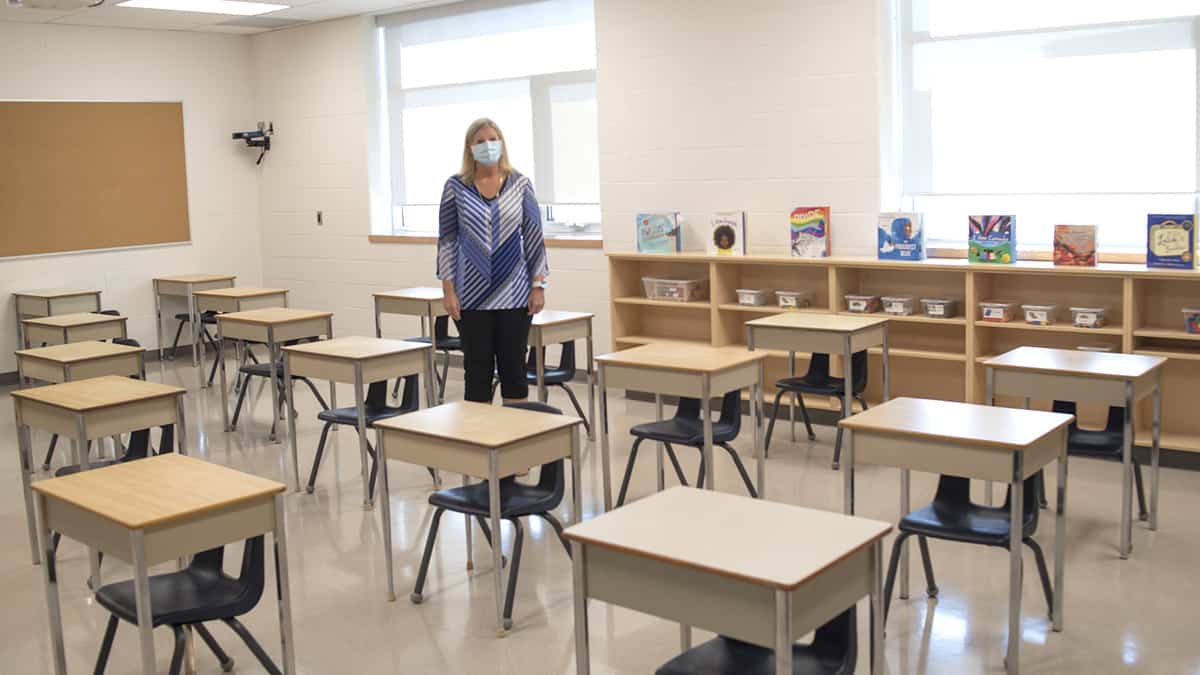The West Montrose covered bridge is celebrating its 140th birthday this year. Instead of sending along best wishes, you might have suggestions for the latest overhaul of the structure – the region is looking for input on improvements planned for 2022.
Long past its expected lifespan, the historic bridge has undergone both planned maintenance work and emergency repairs over the years. The Region of Waterloo’s latest upgrades stem from 2014’s ‘West Montrose Covered Bridge Preservation Plan,’ which identified the work needed to keep the structure safe and sound while preserving its heritage value.
To that end, the next project on tap is the rehabilitation of the bridge’s deck structure, said John Stephenson, a senior engineer with the region, who is looking at two options: sticking with a timber system or switching over to steel.
“The timber deck would be closer to the current appearance; however, it would need to be replaced in approximately 20 years and wouldn’t be as sound. On the other hand, the steel deck system is structurally robust and should last over 50 years, but it does not resemble the current deck in place,” he said.
Reinforcing the bridge’s underlying structure is the top priority right now, said Stephenson.
“We wouldn’t go replacing the aluminum siding on our house if the foundation is crumbling. So, we want to make sure that that fundamental structure is sound, and then we can deal with the superficial or that they are the more cosmetic elements in the structure.”
The foundational work takes on extra importance given the age of the span.
“This bridge was designed and built at a time when your bridges [didn’t have] an official design life. Today, we’re looking at 75 to 100 years for a typical bridge. Back in those days, bridges were designed, possibly with the idea that they might last 50 years, especially a wooden truss bridge. Historically, they did not have a very long life. This bridge has lasted almost three times as long as it would probably have been reasonably expected to survive.
“I think if you went back in time… and tell them that the bridge built in 1881 would still be standing 140 years later, I think they’d have been quite astounded. It’s standing because of the work that’s been done, adding the Bailey trusses, which fundamentally changed the look of the bridge in some manner. Here, we’re trying to keep the current look of the bridge as much as possible.”
Currently, the engineering team is leaning toward the steel option. “It’s more robust. It’ll be more longer lasting,” said Stephenson, adding that the region is looking for feedback.
“We are interested in hearing people’s opinion on that,” he said, noting people’s experience at the bridge will remain unchanged.
Over its 14 decades, the bridge has undergone numerous upgrades and rehabilitation projects. And although big improvements are in store, there are some smaller-scale projects that are also slated for the near future. These include lighting upgrades, signage and perhaps even a sprinkler system.
Over the past 23 years since the region took over the bridge’s upkeep from the province, it has been the most expensive bridge to maintain, despite the low usage. The Hespeler Road bridge in Cambridge, for instance, sees some 40,000 vehicles per day, as well as pedestrians and cyclists. The West Montrose bridge, by contrast, sees some 200 per day, said Stephenson.
The region expects the upcoming improvements to cost some $3 to $5 million, though the actual numbers will come when the job goes out to tender. The deck rehabilitation is expected to close the bridge to vehicle traffic starting in the spring of 2022 for approximately a year.
Click here to provide feedback for the project.









